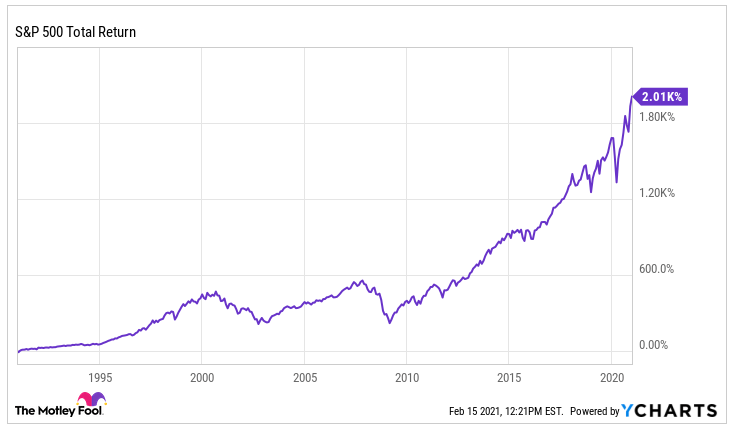The Importance of Staying True to Your Plan
By: Mark Shimkovitz
The markets are up! The markets are down!
Emotional investing is very common, yet it’s also one of the biggest mistakes investors can make. Why? When caught up in market euphoria, investors tend to buy high, and then when the market drops, panic causes them to sell low.
Watching market movement day-to-day and basing your investment decisions on the latest headlines can have a negative impact on two things: your portfolio and your stress level.
One of the biggest assets held by Canadian’s is equity in their homes. Yet, people don't worry about daily fluctuations in home equity values. Why? There are a couple of reasons. First off, it’s almost impossible to know day-to-day what your home is worth, and secondly, because people typically plan on staying in their home for an extended time period, they don’t worry about it’s worth from day-to-day. Likewise, if you aren't planning on retiring in the near future, why should you care what your retirement account is worth on a daily basis?
The truth is, short-term setbacks will happen and your portfolio will go down. But by taking a disciplined approach, and sticking to a plan of staying invested and diversified, in spite of any short term setbacks, your strategy will pay off. I often say to clients, “Success comes not from timing the market, but time IN the market.
Take a look at the chart below. It’s a 30 year chart of the S&P 500 total return. You can see there are a lot of ups and downs that occurred, but the overall direction is positive. In fact, had you invested $10,000 in the S&P 500 index in 1991 and held on while reinvesting your dividends, you'd have more than $210,000 at the beginning of 2021. I think that puts into perspective the positive impact of a long-term investment strategy.

